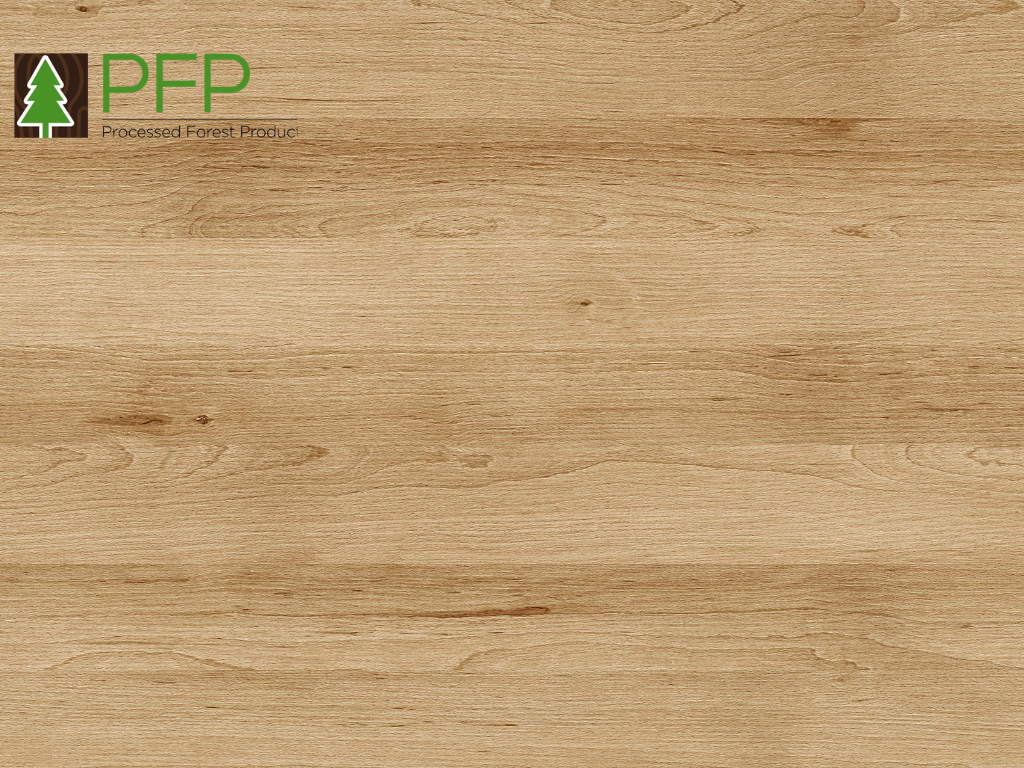Fire rated doors are essential components in modern building design, primarily for enhancing safety by preventing the spread of fire and smoke between compartments. However, their role extends beyond safety; these doors also contribute significantly to the architectural aesthetics and functionality of buildings. By using fire rated doors made from timber wood panels, architects and designers can ensure compliance with safety regulations without compromising on the visual harmony and design intent of their projects.
Overview of Fire Rated Doors Made from Timber Wood Panels
Fire rated doors crafted from timber wood panels offer a combination of traditional appeal and modern safety technology. Timber provides a natural, warm aesthetic that can be seamlessly integrated into various design schemes, while its inherent properties, when treated and combined with fire-retardant materials, meet strict fire safety standards. These doors are typically finished with veneer panels that not only enhance their appearance but also provide additional protection and durability.
The Design Flexibility of Timber Wood Panel Fire Rated Doors
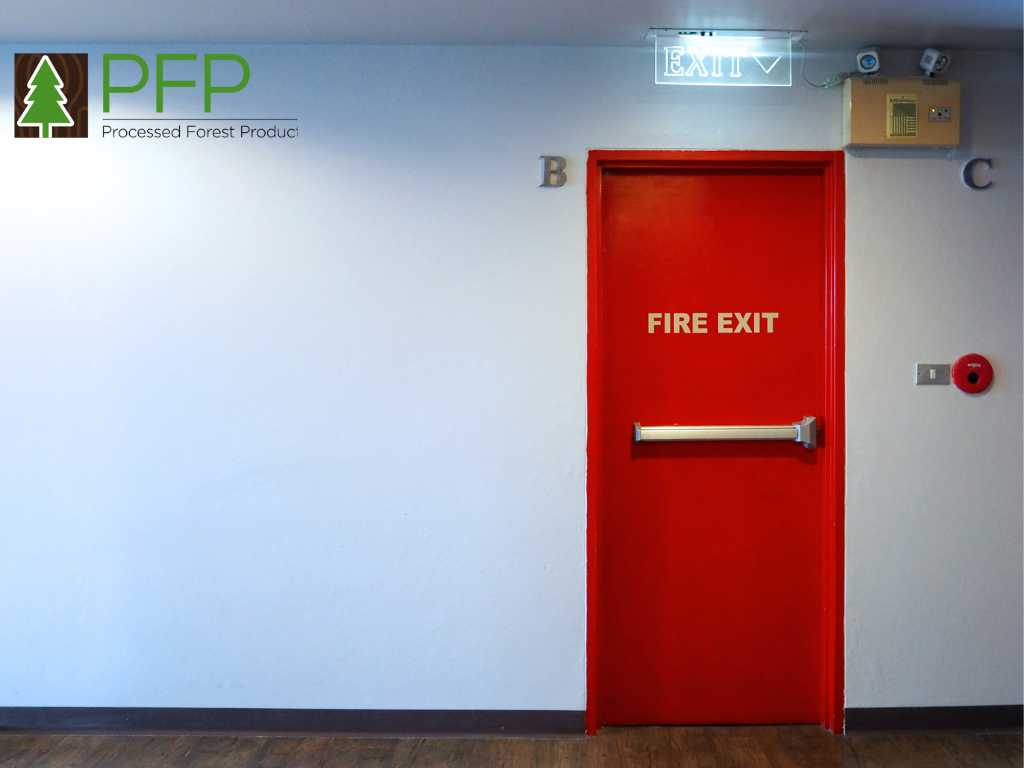
How Do Timber Wood Panels Provide Design Versatility?
Timber wood panels are highly prized in design for their versatility. They can be stained, painted, or finished with veneers to match any interior decor, allowing designers to meet both aesthetic and functional requirements. This versatility makes timber wood panels ideal for fire rated doors, as they can be customized to suit the specific style and fire protection needs of nearly any building, from commercial spaces to residential homes.
Examples of Aesthetic Options with Veneer Panels
Veneer panels used in fire rated doors allow for a variety of textures, colors, and finishes. From the rich, sophisticated look of mahogany to the contemporary sleekness of birch or maple, veneers can transform the appearance of fire doors into genuine design elements. These panels can be arranged in unique patterns or combined with glass features to create visually striking doors that enhance the building’s design while providing essential fire protection.
Integration of Fire Rated Doors in Different Architectural Styles
How to Seamlessly Integrate Fire Rated Doors in Various Architectures?
Integrating fire rated doors into different architectural styles requires a thoughtful approach that considers both the functional and aesthetic demands of the project. For traditional designs, timber wood panels with classic veneers finishes can complement the natural elements commonly used in such settings. In modern architectures, designers might opt for cleaner lines and minimalistic veneers panels patterns that align with contemporary trends.
Matching Fire Rated Doors with Interior Design Themes
To ensure that fire rated doors blend seamlessly with interior design themes, designers should consider the overall color palette, material selection, and style of the space. Timber wood panels offer the flexibility to adapt to any theme, whether it’s rustic, industrial, or luxurious, by adjusting the type of timber, the finish of the veneer, and the hardware used. This adaptability ensures that the doors are not only functional safety barriers but also integral parts of the interior design.
Technical Benefits of Using Timber Wood Panels in Fire Rated Doors
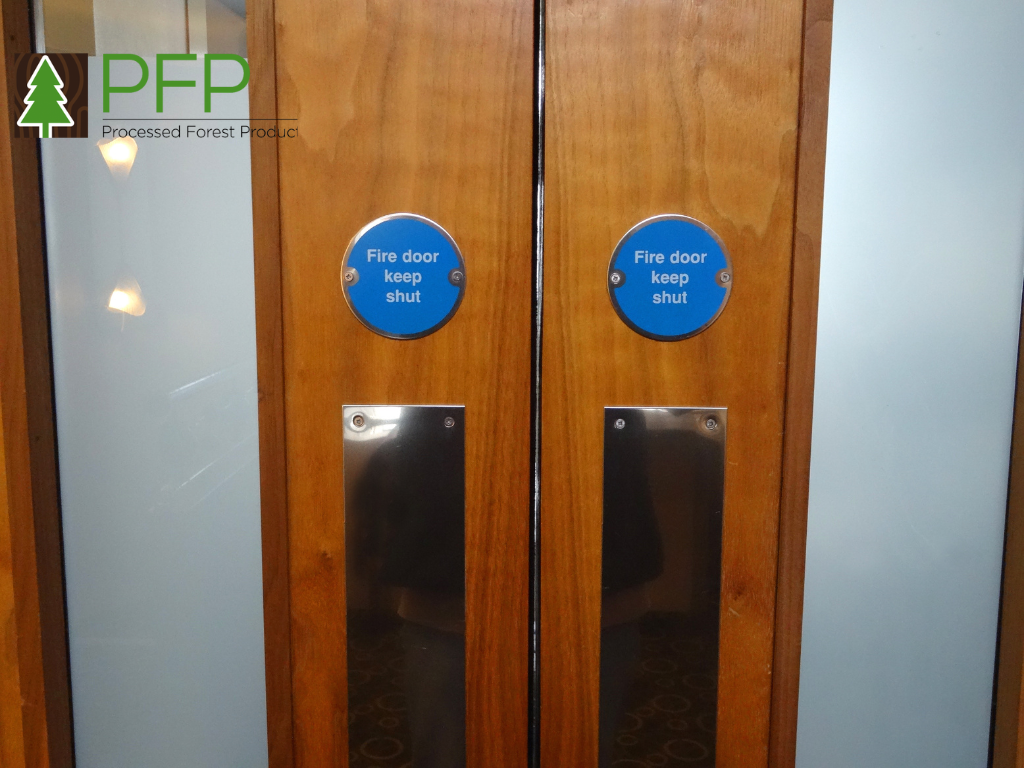
What Makes Timber Wood Panels Ideal for Fire Rated Doors?
Timber wood panels are an excellent choice for fire rated doors due to their natural strength and ability to be treated with fire-retardant chemicals. These properties help the doors maintain structural integrity and prevent the passage of smoke and flames during a fire. Additionally, timber provides better insulation against heat, contributing to the overall energy efficiency of the building.
The Role of Veneer Panels in Enhancing Fire Door Performance
Veneer panels contribute significantly to the performance of fire rated doors. They provide an additional layer of protection, helping to shield the core materials from heat and flames. Moreover, veneers can be treated with fire-resistant coatings to further enhance their protective qualities. Beyond safety, these panels also play a crucial role in the overall durability of the door, protecting against scratches, dents, and environmental factors that could compromise the door’s structure over time.
Innovations in Fire Rated Door Designs
Latest Trends in Fire Rated Door Design and Material Use
The field of fire rated doors design is continually evolving, with new trends focusing on both aesthetic appeal and enhanced safety features. Recent innovations include the integration of smart technology, such as automatic sealing features that activate in the event of a fire, and the use of lighter, yet stronger composite materials that provide better insulation and durability. Additionally, the aesthetic aspect has seen significant advancements with the introduction of custom digital printing on veneer panels, allowing for personalized and decorative finishes that complement modern interior designs without compromising safety.
Advancements in Protective Coatings and Treatments for Timber Panels
Protective coatings and treatments for timber panels have significantly advanced, improving the fire resistance of timber wood fire rated doors. Modern treatments include intumescent coatings, which expand when exposed to heat, forming a protective barrier that insulates the material from the flames. These coatings are not only effective but also increasingly environmentally friendly, with low VOC (volatile organic compounds) levels and better compatibility with various types of timber and finishes. This progress enhances the longevity and fire resistance of timber fire rated doors while maintaining their natural aesthetic.
Compliance and Performance Standards for Timber Wood Fire Rated Doors
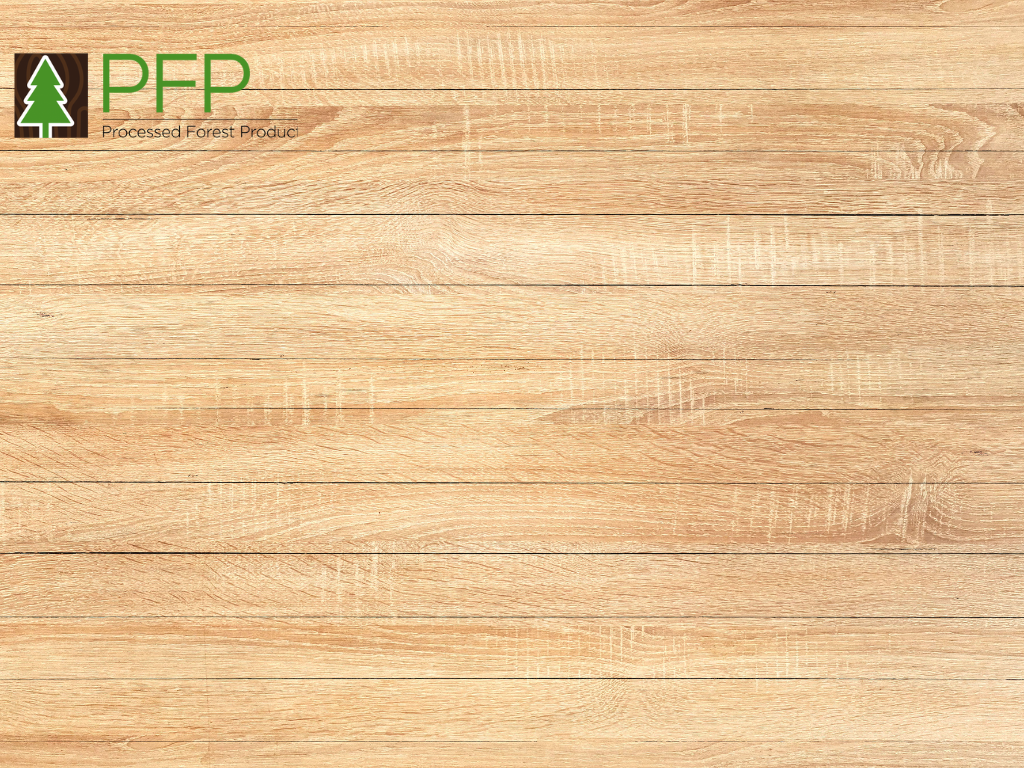
Understanding Fire Safety Compliance for Timber Wood Fire Rated Doors
Fire safety compliance is crucial for ensuring that timber wood fire rated doors perform as expected in the event of a fire. These doors must meet specific standards set by national and international safety organizations, which dictate everything from the required fire-resistance rating to the acceptable materials and construction methods. Compliance ensures that the doors will effectively block the spread of fire and smoke, providing critical protection and evacuation time during emergencies.
Performance Characteristics of Timber Wood Panels in Fire Rated Doors
The performance of timber wood panels in fire rated doors is primarily measured by their fire-resistance rating, which indicates the duration for which they can withstand fire without failure (typically ranging from 30 minutes to over 120 minutes). Other key performance characteristics include the ability to resist warping and cracking under high temperatures, maintaining structural integrity, and minimizing heat transfer. Advances in material engineering and design have improved these characteristics, making timber wood panels not only more effective at providing fire protection but also more adaptable to various climatic conditions and architectural requirements.
Environmental Impact of Using Timber Wood and Veneer Panels
Sustainability Aspects of Using Timber and Veneer in Fire Rated Doors
Using timber and veneer in fire rated doors has notable sustainability aspects. When sourced responsibly, timber is a renewable resource that captures carbon dioxide, contributing to reduced greenhouse gas emissions. Many manufacturers are now committing to sustainable forestry practices that ensure the long-term health of forest ecosystems. Furthermore, the use of natural veneers maximizes the yield from a single tree, compared to solid wood use, which aligns with principles of sustainable material use.
Eco-Friendly Practices in the Production of Timber Fire Doors
The production of timber fire doors has incorporated more eco-friendly practices in recent years. This includes using recycled or reclaimed wood for door cores, employing more energy-efficient manufacturing processes, and reducing waste by repurposing offcuts and sawdust. Additionally, the move towards non-toxic adhesives and sealants used in the assembly of fire rated doors further enhances the environmental friendliness of this essential safety feature.
Installation Considerations for Fire Rated Doors
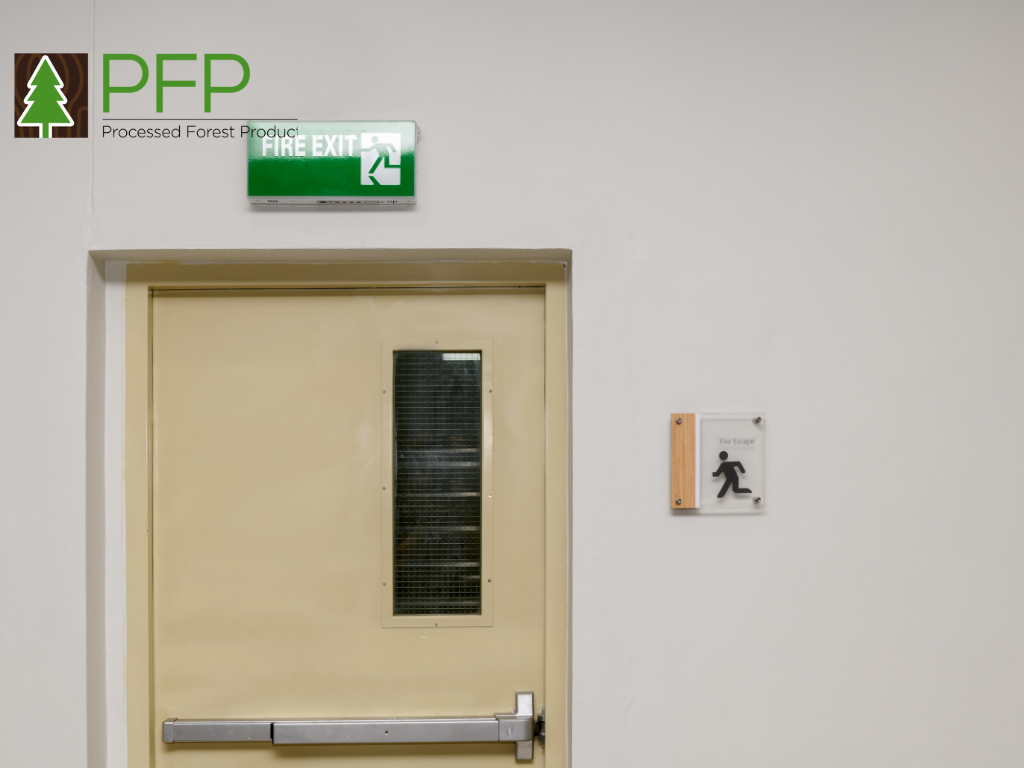
Best Practices for Installing Timber Wood Panel Fire Rated Doors
Proper installation is key to ensuring that fire rated doors function correctly. Best practices include ensuring that the door frame and hardware are suitable for the door’s fire rating and that all components are installed according to the manufacturer’s specifications. It’s also critical to use only approved sealing and insulating materials that can withstand high temperatures and prevent smoke from seeping through gaps.
Common Installation Challenges and How to Overcome Them
Common challenges in installing fire rated doors include aligning the door correctly within the frame, achieving an adequate seal, and integrating door hardware that complements the door’s fire-resistance capabilities. Overcoming these challenges typically requires careful planning, adherence to detailed installation guidelines, and sometimes the involvement of experienced professionals. Regular training on new installation techniques and products can also help installers keep pace with innovations in fire door technology.
Maintenance Tips for Timber Wood Panel Fire Rated Doors
Maintaining Aesthetics and Functionality of Veneer Panel Fire Doors
To preserve both the appearance and functionality of veneer panel fire rated doors, regular maintenance is crucial. Veneer panels should be cleaned gently with a soft cloth and a mild detergent solution to avoid scratching or damaging the finish. It’s important to avoid harsh chemicals that can strip the veneer of its protective coatings. Additionally, check for any signs of peeling or lifting veneer, which can compromise the door’s integrity and aesthetic. Prompt repair of these issues can prevent further damage and maintain the door’s fire resistance rating.
Routine Care and Long-Term Upkeep of Timber Fire Rated Doors
Routine care for timber fire rated doors involves regular inspections to ensure they remain in optimal condition. This includes checking the door’s closure mechanism to ensure it properly engages, as a door that does not close fully will not provide the intended level of fire protection. The seals around the door should also be inspected periodically to ensure they haven’t degraded, as broken seals can allow smoke to pass through. Long-term upkeep also involves reapplying protective finishes or paint as needed to shield the timber from moisture and wear, which could otherwise lead to warping or other forms of degradation.
Conclusion
The future of fire rated door design is likely to see continued innovations in materials and technology. Advances may include the development of even more durable and fire-resistant materials derived from renewable resources, reflecting ongoing efforts to reduce the environmental impact of building materials. Additionally, the integration of smart technology into fire rated doors, such as automatic locking mechanisms or heat sensors that enhance safety features, is expected to continue. As building codes become stricter and demands for sustainable building materials grow, the industry will likely respond with solutions that further enhance the safety, functionality, and environmental sustainability of fire rated doors.
